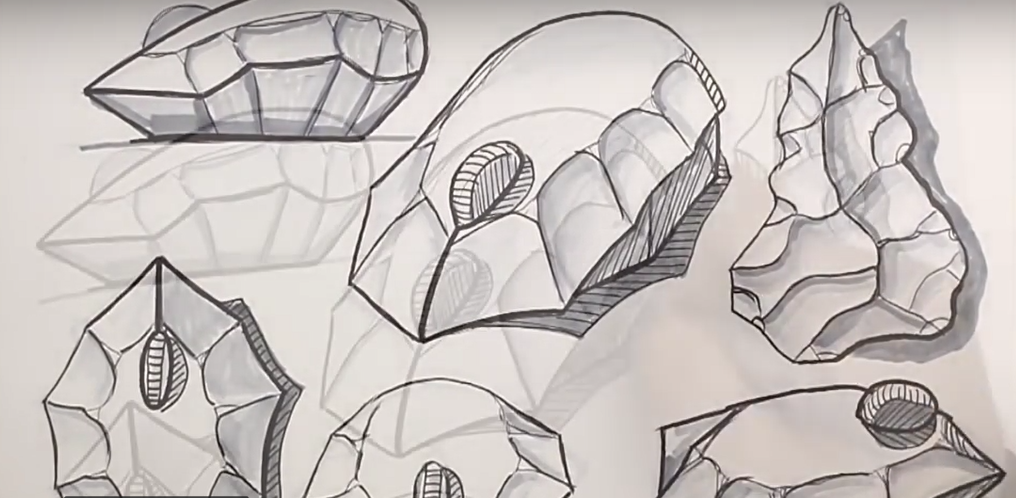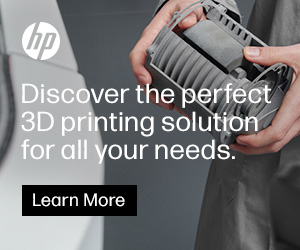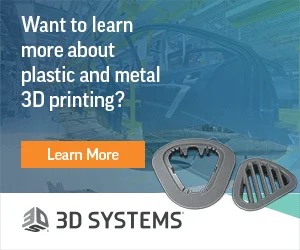Inside the Making of a 3D Printed Stone Age Computer Mouse
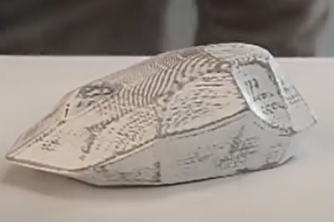 Have you ever wondered how a 3D printed object moves through the process from simple concept to end result? Each object, depending on factors such as material, size, finishing, and color, will be different, so it’s important to show all of the steps involved in the making of a 3D printed object. Why? This is to help people truly grasp what is involved when we make a 3D printed item. It’s not just about the cool machines that print things. It’s also about moving from concept to drawing, modeling, printing, and all activities associated with post-printing: dusting, priming, sanding, and painting.
Have you ever wondered how a 3D printed object moves through the process from simple concept to end result? Each object, depending on factors such as material, size, finishing, and color, will be different, so it’s important to show all of the steps involved in the making of a 3D printed object. Why? This is to help people truly grasp what is involved when we make a 3D printed item. It’s not just about the cool machines that print things. It’s also about moving from concept to drawing, modeling, printing, and all activities associated with post-printing: dusting, priming, sanding, and painting.
In that spirit, Guido Vrola Design has produced a remarkable video that shows all of the steps involved in the making of a Stone Age-inspired computer mouse. In the video, you can see all the steps involved and hopefully get an overall idea of what it takes to make something 3D printed, and this may make you want to try making your own Stone Age-inspired 3D printed mouse.
A reference to the Stone Age simply can not be passed up, it seems, without also referring to the American cartoon The Flintstones. In the cartoon we confront how modern amenities — most memorable for me is the automobile — are “Stone Age-ified.” That is, the modern becomes distinctively near ancient, and what better way to capture this than a computer-related accessory like a mouse?
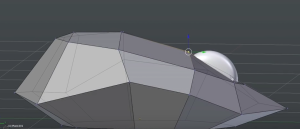 As Guido Vrola sets out to bring this idea from concept to end product, we are able to view a fast version on this process. Vrola explains the overall movement of the video, and how Blender modeling software is central to his creative process:
As Guido Vrola sets out to bring this idea from concept to end product, we are able to view a fast version on this process. Vrola explains the overall movement of the video, and how Blender modeling software is central to his creative process:
“In this video, I share the process I use to create a design project from the realization of concept sketches moving then to digital modeling and to the construction of a physical prototype through 3D printing. I used Blender to model the mouse because I find that, when I have to translate ideas into 3D models to print them and test the ergonomy (and maybe change them multiple times), Blender is the fastest and easiest way of doing it.”
First we have the drawing of the object, and the next step shows how the drawing becomes a model using Blender. Next, we see him 3D printing and then wiping down the mouse, and then using Dupli-Color Plastic Primer on it.
 Following the primer, Dupli-Color Repair Spray is then used. After the Repair Spray dries, 600 grit sandpaper helps distress the mouse, giving it a Stone Age look. As far as I am concerned, it could stop here because the mouse really looks like a rough and tumble tool. But Vrola decides to take this all the way and finish the job instead with a coat of slick and glossy black spray paint.
Following the primer, Dupli-Color Repair Spray is then used. After the Repair Spray dries, 600 grit sandpaper helps distress the mouse, giving it a Stone Age look. As far as I am concerned, it could stop here because the mouse really looks like a rough and tumble tool. But Vrola decides to take this all the way and finish the job instead with a coat of slick and glossy black spray paint.
The finished product still looks very Stone Age, and who says they didn’t have anything slick back then anyway?
You can check out Guido Vrola Design’s excellent YouTube video below. Is this a product you would enjoy using? Discuss in the 3D Printed Mouse forum over at 3DPB.com.
Subscribe to Our Email Newsletter
Stay up-to-date on all the latest news from the 3D printing industry and receive information and offers from third party vendors.
You May Also Like
Simulation Complete: Pioneer Crew Wraps Up Year-Long Mission in 3D Printed Mars Habitat
After 378 days of living in a Mars-like 3D printed habitat, NASA’s Crew Health and Performance Exploration Analog (CHAPEA) crew emerged on July 6, 2024, bringing with them vital insights...
Alquist 3D Learns Some Lessons for the Construction 3D Printing Industry
The demolition of a home 3D printed by Alquist 3D spread like wildfire when it was reported last winter. While many took the opportunity to express their skepticism over additive...
Texas Cracks Down on Illegal Gun Switches, Including 3D Printed Ones
Texas has unveiled Operation Texas Kill Switch, a new initiative to target illegal machine gun-conversion devices, commonly known as “switches.” These tiny devices, often no bigger than an inch, can...
UK Utility Company Launches Hub for Wastewater “Printfrastructure”
With homebuilding serving as the primary marketing vehicle for additive construction (AC), we’re starting to see concrete 3D printing further drive its way into other areas of the architecture, engineering,...



